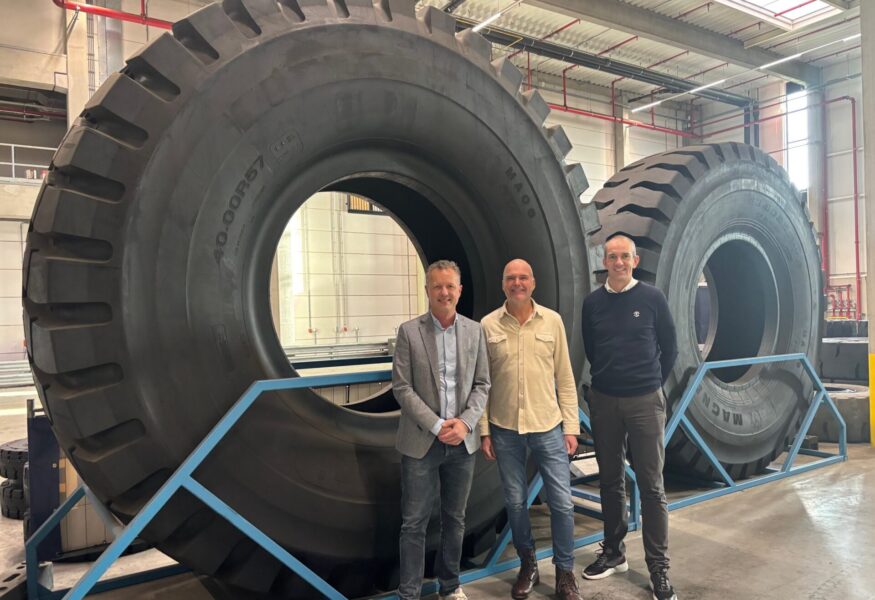1.Monitoring and insight
Do you lack overview and grip?
What did you convert today? And last week? Who is working on which tasks? What does your pipeline look like? What is the staffing level during the summer holidays? You need to be able to answer these kinds of questions immediately. Just as everyone in your organisation needs to have the right information to do their job optimally.
But if you first have to extract all kinds of information from systems and consolidate it in Excel, that is a sign that something is not going right. When all relevant information is in one system, you can monitor and steer your organisation in real time.
2.Efficiency
Do your colleagues duplicate a lot of work?
How many systems do you have to log into to enter a new customer? How much information do you have to cut and paste from system to system when you get a new order? When you’re switching between systems too often, you lose time unnecessarily. Moreover, you increase the risk of errors. When you work with an integrated system, you often only need to enter data in one place. For example, you only enter the details of a new customer once. This new relation can then be called up throughout the system by anyone and you can be sure that your order is always delivered to the right address and the invoice is always sent to the right person.
3. Inaccuracies
Are many unnecessary mistakes made?
Empty shop shelves, wrong deliveries, budget overruns; a lot can go wrong. Each error not only affects your margin, but also erodes customer satisfaction and colleagues’ job satisfaction. If a lot goes wrong and you lose time and energy daily correcting all those mistakes, it is a sign that your organisation is ready for a more integrated way of working. When you handle all your processes in one system, your company becomes much less error-prone.
4. Multiple systems
Is maintenance taking more and more time?
Do you work with multiple systems? Then you need people to maintain all those solutions. Or external expertise. Before you know it, maintaining your environment becomes quite a time-consuming activity. And if that one colleague with a lot of expertise quits, you have a problem. When you start working with a single system, you deal with your IT expertise in a much more targeted way and the maintenance of your IT environment becomes much simpler.
5. Older sytems
Scare new colleagues?
Do new people want to walk right back out when they see the 20-year-old system they have to work with? If so, that’s a signal. People also expect a modern, pleasant, user-friendly interface in the workplace. When you opt for a modern ERP solution in the cloud, you can be sure that the interface meets all requirements in terms of convenience and speed.











